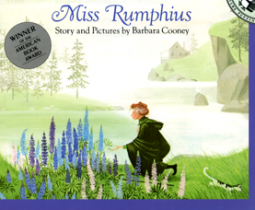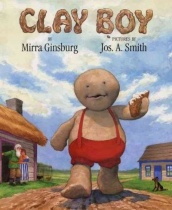This morning we traveled through the Grand Teton mountain range. Magestic would be an understatement. Elk generally populate these open fields in the winter. Approximately 10,000 elk populate these areas. In the summer time, the elk migrate up towards the mountains for feeding purposes. This morning we were able to navigate the waters of the snake river on a yellow raft. This was definitely the best part of our trip thus far. We managed to see the entirety of the Teton range at one point of our 10 mile journey down Snake River. The water that spills into Snake River is a result of the run-off from the Tetons as well as the soil that spills down with the melted snow. A few purple lupines were spotted on the banks of the river as well as a few bald eagle nests. We spotted a juvenile bald eagle flying overhead. Apparently juvenile eagles do not have white heads or tails until they are fully developed.
Upon stepping into the visitor center after our raft ride, I came upon a profound quote. Ansel Adams, a famous photographer of this great frontier remarked, "The grand lift of the Tetons is more than a mechanistic fold and faukting of the earth's crust; it becomes a primal gesture of the earth beneath a greater sky." For many, since the first inhabitants such as the first Native Americans to the earliest settlers to those who have fought hard to preserve the wilderness, the Tetons and Yellowstone and other parks remain a source of inspiration for many artists.
After stopping at the visitor's center, we stopped near Menor's ferry. Two brothers lived on opposite sides of the river and built this ferry-their names were Bill and Holiday Menor. Rumor has it that they were in a fight for two years. They charged 25 cents for you to make it across the Snake river and this is how the brothers made their money. This area became a national park in 1929. The chapel of transfiguration was also built around this area. The chapel is known for it's scenic view through a window overlooking the Tetons. In an adjacent general store there was information regarding Rockefeller and his philanthropy regarding the purchase of the land surrounding the Tetons. His goal was to do everything in his power to prevent individuals from ruining the masterpiece of the wilderness.
Later on, we stopped at a lodge for a bit of a rest. We walked along an incredibly peaceful path. I believe one eagle may have been spotted as well as a few ants and dragonflies. Afterwards we moved on to my favorite destination being Yellowstone national park. There are 17 rivers that flow out of Yellowstone and over 300 waterfalls. John Colter was the one who first discovered A Yellowstone and no one believed him because mountain men were known to tell stories.
In 1870, the government sponsered an expedition to survey the land. In 1872 they declared this area a national park. This was a revolutionary idea because land was meant to be conquered not protected.
There are many remnants of thr 1988 wildfires. There are 22 wildfires generally per year. In 1972, scientists realized that without fires, the trees were not reproducing. For many, the trees need the fire to open up the seed pods and grow new forests. The let it burn policy came from this understanding. However sometimes later, they had to break this policy to prevent a three month burning cycle. It takes around 200 years for underbrush to regrow after a fire. Over half of the worlds thermal features are in this national park. We have a huge magma hot spot underneath Yellowstone. We have a volcano as big as the city of Tokyo and the amount of magma is plentiful. In fact it is enough to fill lake Michigan three times.










